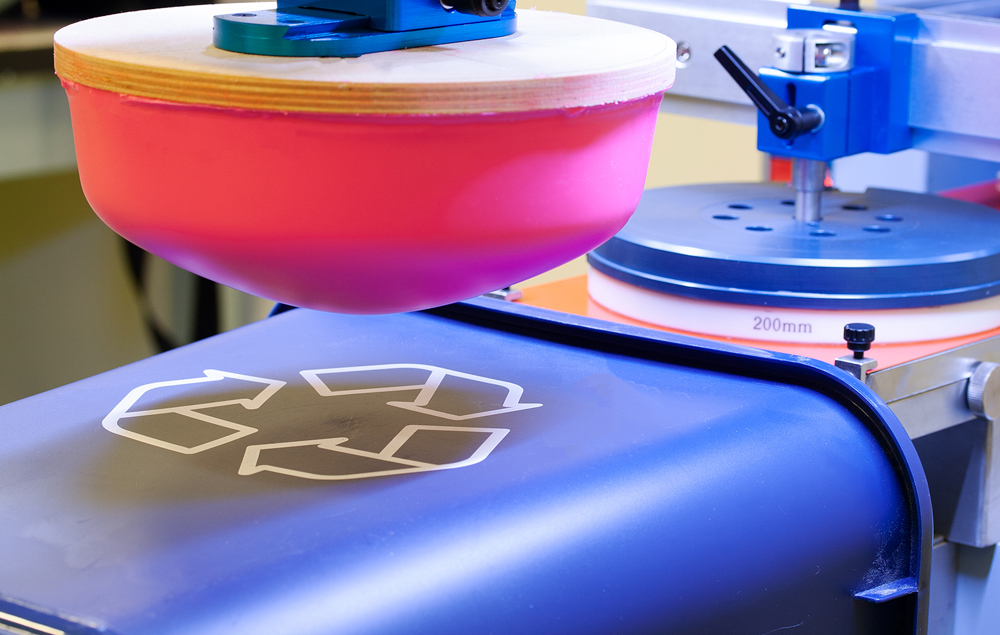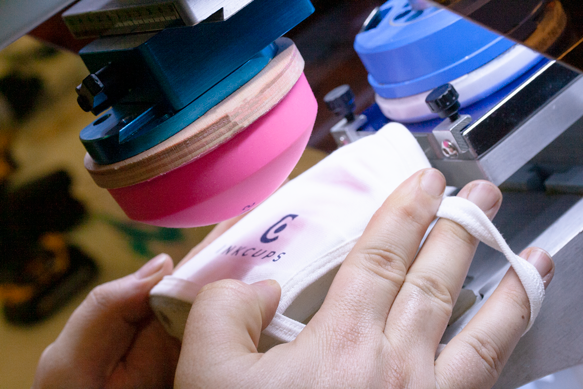What exactly is a pad print?
The technique of pad printing involves the creation of two-dimensional graphics on a variety of different types of surfaces and forms, such as those found on golf balls, toys, syringes, and remote controls. Because it is efficient in terms of cost, offers a wide range of color possibilities, and produces high-quality printing, it is essential in a variety of business sectors.
The process of printing with a pad has progressed from being straightforward to more complicated. This results in increased levels of both efficiency and productivity. In order to have a better understanding of the process, this article will explain how it operates, discuss its benefits and drawbacks, and describe some typical applications.

Printing a 2D image onto a 3D object is required for this process. The procedure is also known as tomography and tamps printing. It is classified as an indirect photogravure technique. This indicates that the pad (indirect offset or gravure) in the printing machine employs the application of heat in order to transfer the image from the flat printing plate to the item.
Printing detailed and high-quality images at a good speed on objects with uneven forms and surfaces is one of the capabilities of tomography. As a consequence of this, it is an extremely valuable procedure in a variety of different industries, including the medical, automotive, and electrical industries.

The Pad Printing Method
A Brief Historical Overview
In the beginning, a technique known as pad printing was utilized for the purpose of printing images onto various items, such as blue china plates and crockery. In spite of this, the development of the method and the components of pad printing machines has made it possible to use it in a variety of contexts within the printing industry.
In terms of the progression of the process, it went from being one that was performed manually to one that was performed automatically. As a result, there is an increase in both efficiency and productivity in the sectors of industry that employ them.
The most important modification that was made to the component was to switch from soft gelatin to a silicon pad, which has improved adhesive properties and is chemically resistant to a wide variety of compounds.
The printing plates have also undergone significant change. In the early days of printing, printing plates were constructed out of copper material, and hand printing was used to produce the images. These days, printing plates can be made from a wide variety of materials, including plastic and hardened steel. The images on the plates can be photochemically or laser etched.

